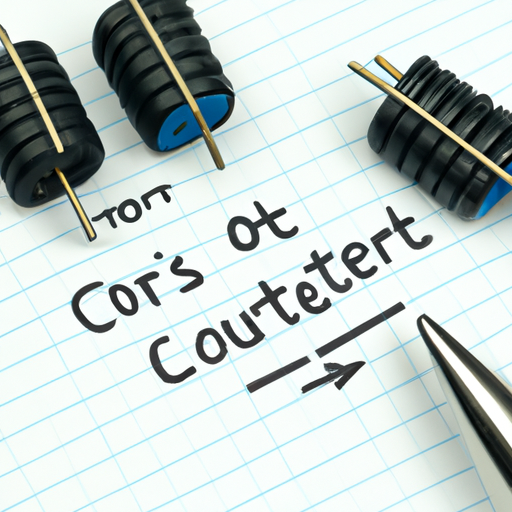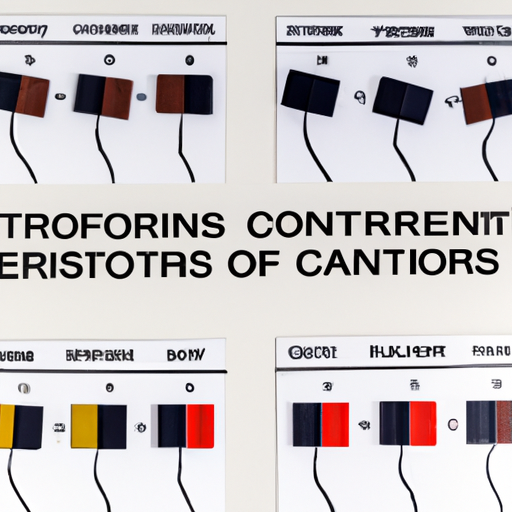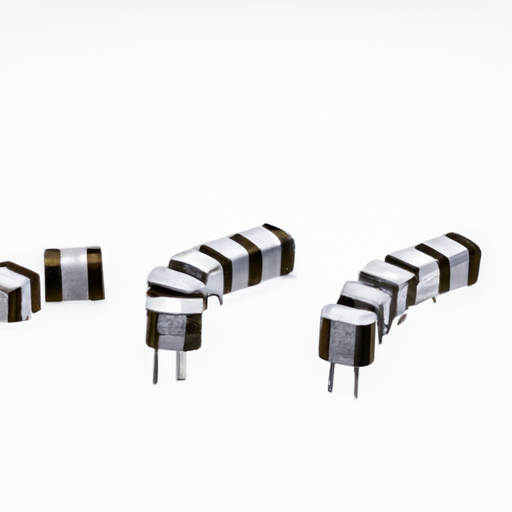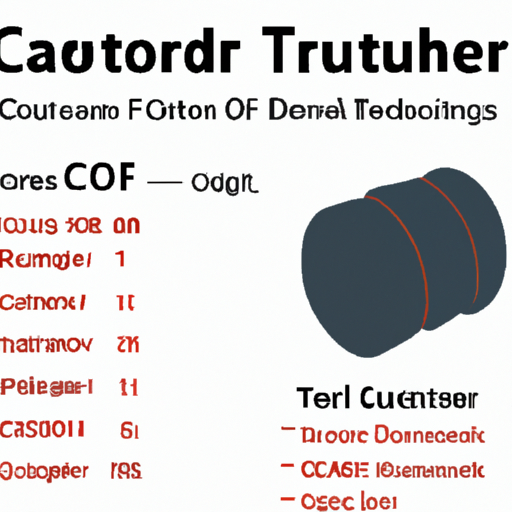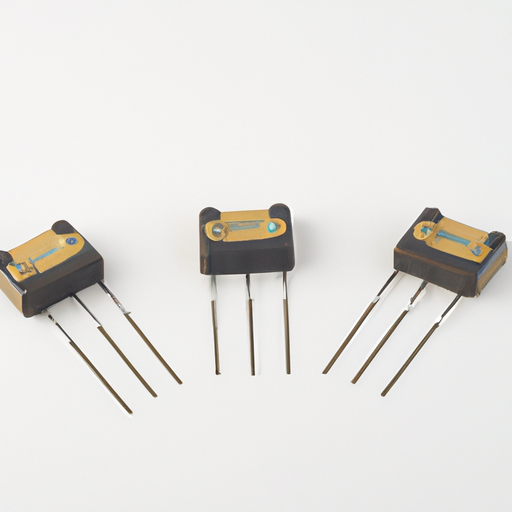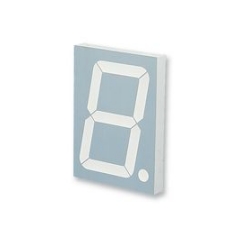What is the principle of inductors?
What is the Principle of Inductors?
I. Introduction
Inductors are fundamental components in electrical engineering, playing a crucial role in various circuits and applications. They are passive electrical devices that store energy in a magnetic field when an electric current flows through them. Understanding the principle of inductance is essential for engineers and technicians, as it underpins the operation of many electronic devices and systems. In this blog post, we will explore the historical background, basic concepts, construction, working principles, applications, and the role of inductors in modern technology.
II. Historical Background
The concept of inductance has its roots in the early discoveries of electromagnetism. Pioneers such as Michael Faraday and Joseph Henry made significant contributions to the understanding of electromagnetic induction in the 19th century. Faraday's experiments demonstrated that a changing magnetic field could induce an electric current in a conductor, a principle that would later be formalized into Faraday's Law of Electromagnetic Induction. Joseph Henry, independently of Faraday, discovered self-induction and mutual induction, which are critical concepts in the operation of inductors.
These early discoveries laid the foundation for the development of inductors, which have evolved alongside technological advancements. The first inductors were simple coils of wire, but as the understanding of electromagnetism deepened, so did the design and application of inductors. Today, inductors are integral to modern electrical systems, found in everything from power supplies to radio transmitters.
III. Basic Concepts of Inductance
Inductance is defined as the property of an electrical conductor that opposes changes in current. When the current through an inductor changes, it generates a magnetic field that induces a voltage in the opposite direction, according to Lenz's Law. This relationship between current, voltage, and inductance is crucial for understanding how inductors function in circuits.
The unit of inductance is the henry (H), named after Joseph Henry. A one-henry inductor will induce a voltage of one volt when the current through it changes at a rate of one ampere per second. The inductance of an inductor depends on several factors, including the number of turns in the coil, the core material, and the geometry of the inductor.
IV. Construction of Inductors
Inductors are typically constructed from a coil of wire wound around a core material. The core can be made from various materials, including air, iron, or ferrite, each affecting the inductor's performance. The number of turns in the coil, the core material, and the geometry of the inductor all influence its inductance value.
A. Basic Components of an Inductor
1. **Core Materials**: The core material enhances the magnetic field generated by the current. Air-core inductors have lower inductance, while iron and ferrite cores increase inductance due to their higher permeability. The choice of core material is crucial for the inductor's efficiency and performance.
2. **Wire Winding**: The wire used in the winding affects the resistance and quality of the inductor. Copper is commonly used due to its excellent conductivity. The gauge of the wire also plays a role; thicker wire can handle more current but may take up more space.
B. Types of Inductors
1. **Air-Core Inductors**: These inductors do not use a magnetic core, making them suitable for high-frequency applications. They are often used in radio frequency circuits where low losses are essential.
2. **Iron-Core Inductors**: These inductors use iron cores to increase inductance, making them ideal for low-frequency applications. They are commonly found in power supplies and audio equipment.
3. **Ferrite-Core Inductors**: Ferrite cores are used in high-frequency applications due to their low losses and high magnetic permeability. They are often found in switching power supplies and RF applications.
C. Factors Affecting Inductance
1. **Number of Turns**: Increasing the number of turns in the coil increases the inductance. This is because more turns create a stronger magnetic field for a given current.
2. **Core Material**: The choice of core material significantly impacts the inductance and efficiency of the inductor. Materials with high magnetic permeability can store more magnetic energy.
3. **Geometry of the Inductor**: The shape and size of the inductor also play a role in its inductance value. For example, a larger coil with a wider diameter may have different inductive properties compared to a smaller, tightly wound coil.
V. The Working Principle of Inductors
The working principle of inductors is primarily based on Faraday's Law of Electromagnetic Induction, which states that a change in magnetic flux through a circuit induces an electromotive force (EMF). When the current flowing through an inductor changes, the magnetic field around it also changes, inducing a voltage in the opposite direction. This induced voltage opposes the change in current, a phenomenon described by Lenz's Law.
Lenz's Law states that the direction of the induced EMF will always be such that it opposes the change in current that created it. This property is what gives inductors their ability to store energy in a magnetic field and is crucial in applications involving alternating current (AC). In AC circuits, inductors present inductive reactance, which is the opposition to the flow of current due to the changing magnetic field.
VI. Applications of Inductors
Inductors are widely used in various applications, including:
A. Power Supply Circuits
Inductors are essential in power supply circuits, where they help smooth out voltage fluctuations and filter out noise. They are often used in conjunction with capacitors to create LC filters that stabilize voltage levels.
B. Filters in Audio and Radio Frequency Applications
Inductors are used in filters to separate different frequency signals, ensuring that only the desired frequencies pass through. This is particularly important in audio equipment and radio transmitters, where clarity and fidelity are paramount.
C. Transformers and Their Relationship with Inductors
Transformers, which are used to step up or step down voltage levels, rely on the principles of inductance to transfer energy between coils. The primary coil creates a magnetic field that induces a voltage in the secondary coil, allowing for efficient energy transfer.
D. Inductors in Energy Storage Systems
Inductors are also used in energy storage systems, such as in inductive charging and energy recovery systems. They can store energy in their magnetic fields and release it when needed, making them valuable in applications like electric vehicles and renewable energy systems.
VII. Inductors in Modern Technology
In today's technology-driven world, inductors play a vital role in electronic devices, renewable energy systems, and various applications in telecommunications and computing. As technology advances, the demand for more efficient and compact inductors continues to grow, leading to innovations in materials and design.
For instance, the rise of electric vehicles has spurred the development of high-performance inductors that can handle higher currents and frequencies. Additionally, advancements in materials science have led to the creation of inductors with lower losses and higher efficiency, making them suitable for a wider range of applications.
VIII. Conclusion
In summary, inductors are essential components in electrical engineering, with principles rooted in electromagnetic induction. Understanding the construction, working principles, and applications of inductors is crucial for anyone involved in the field of electronics. As technology continues to evolve, the significance of inductors will only increase, making it imperative for engineers and technicians to stay informed about the latest developments in inductor technology.
Inductors are not just passive components; they are dynamic elements that play a critical role in the functionality and efficiency of modern electrical systems. As we look to the future, the ongoing research and innovation in inductor technology will undoubtedly lead to new applications and improvements, further solidifying their importance in the ever-evolving landscape of electronics.

